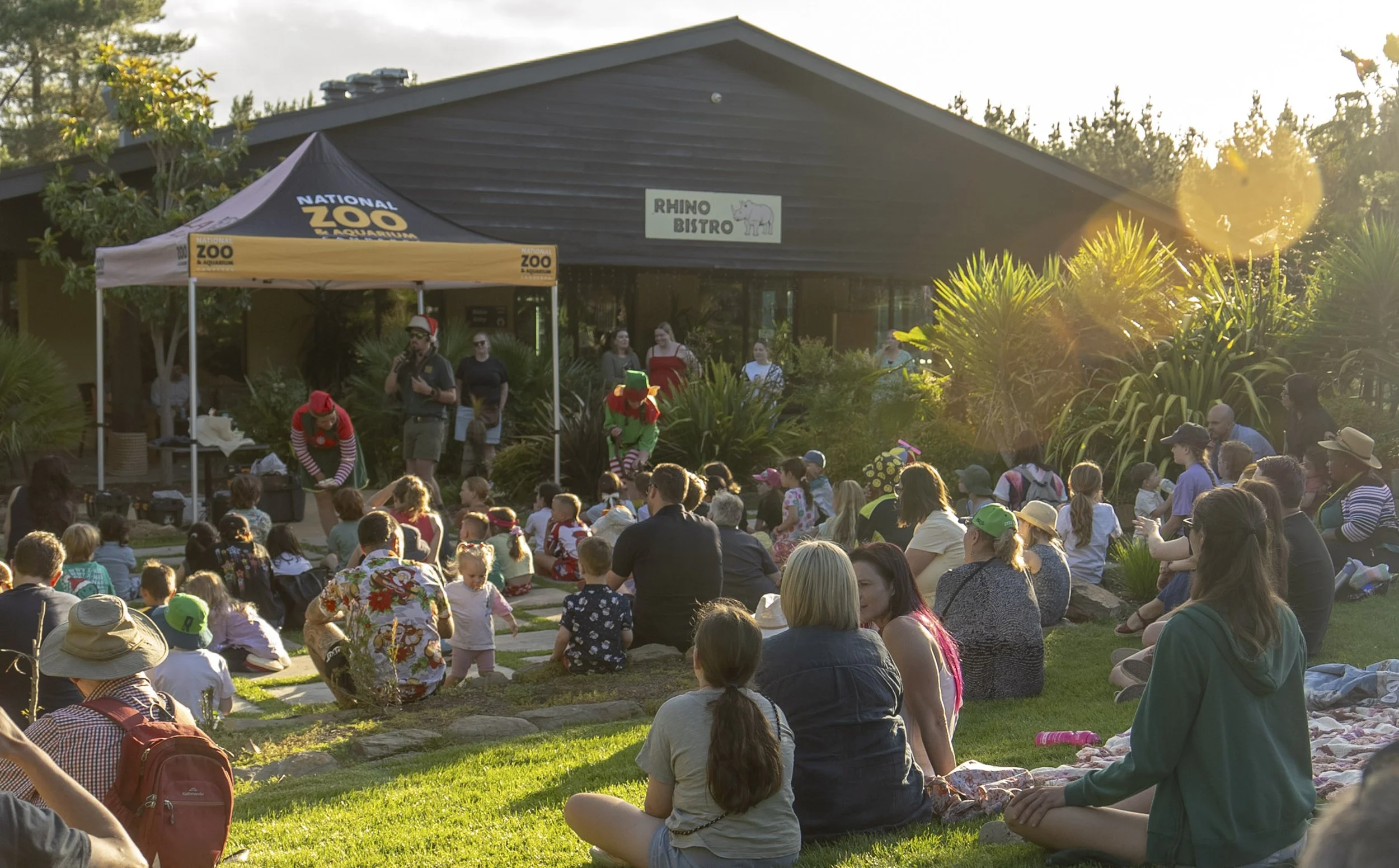More than a zoo!

The Centre Of Adventure
Meet Our animals and learn how to help animals in the wild
Some of the best zoo tours & encounters available!
Meet lions, tigers, meerkats, birds, tree kangaroos and many more!
Monies raised helped us donate over $1,000,000 to worthy causes
Become a member and visit as often as you would like for as little as $3 per person per visit!
Is this the Best Ever playground?
Bring the kids to our huge playground, plus see a Dinosaur and Megafauna display! Follow the Kids Discovery Trail around the zoo for more activities and find out more for yourself!
Australia’s largest inland saltwater aquarium
Fish, sharks, eels, stingrays, frogs, snakes, lizards…
See our animals
Parties and functions
Children’s birthday parties, small weddings, family get-togethers, Christmas celebrations & work functions.














